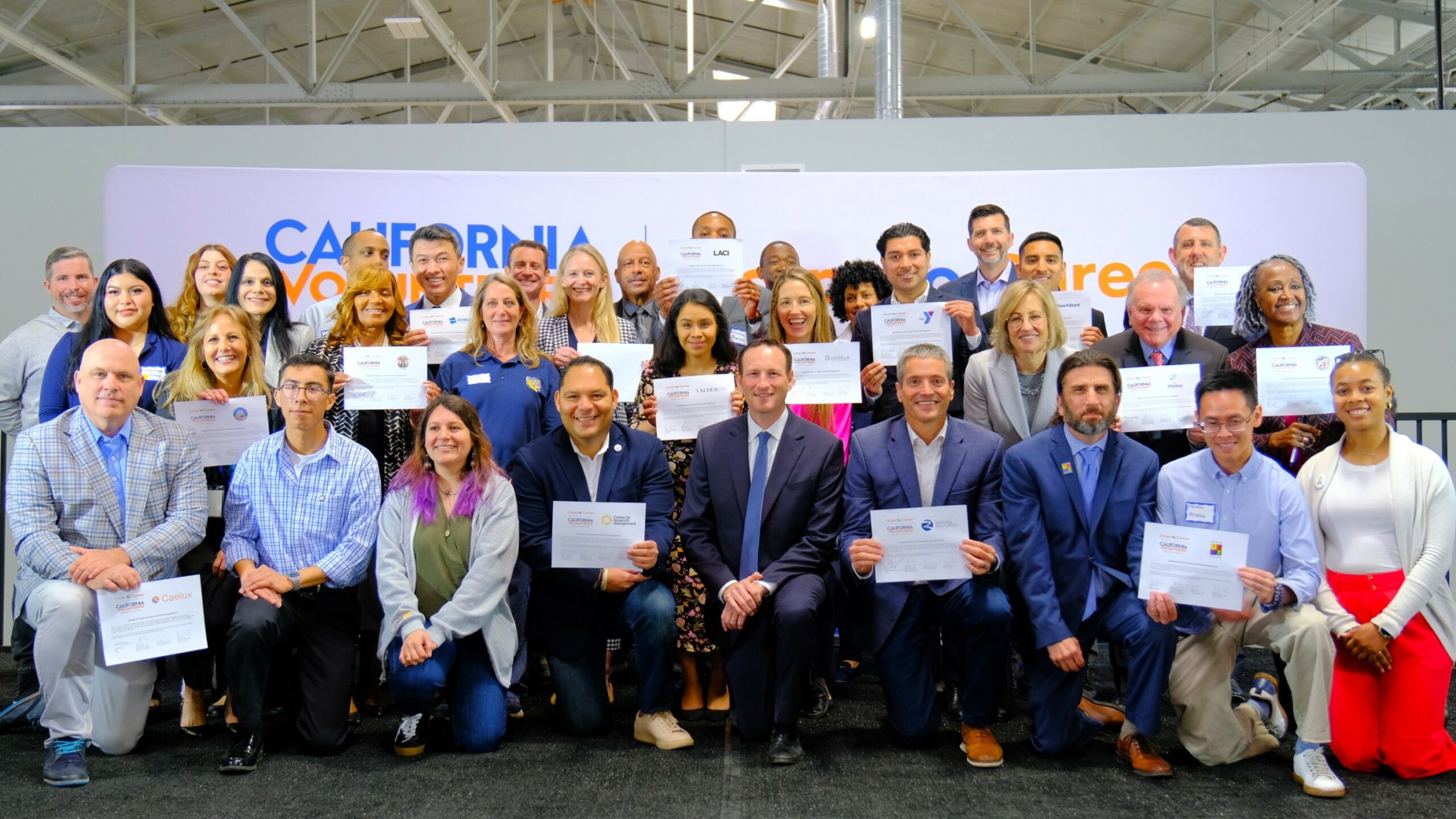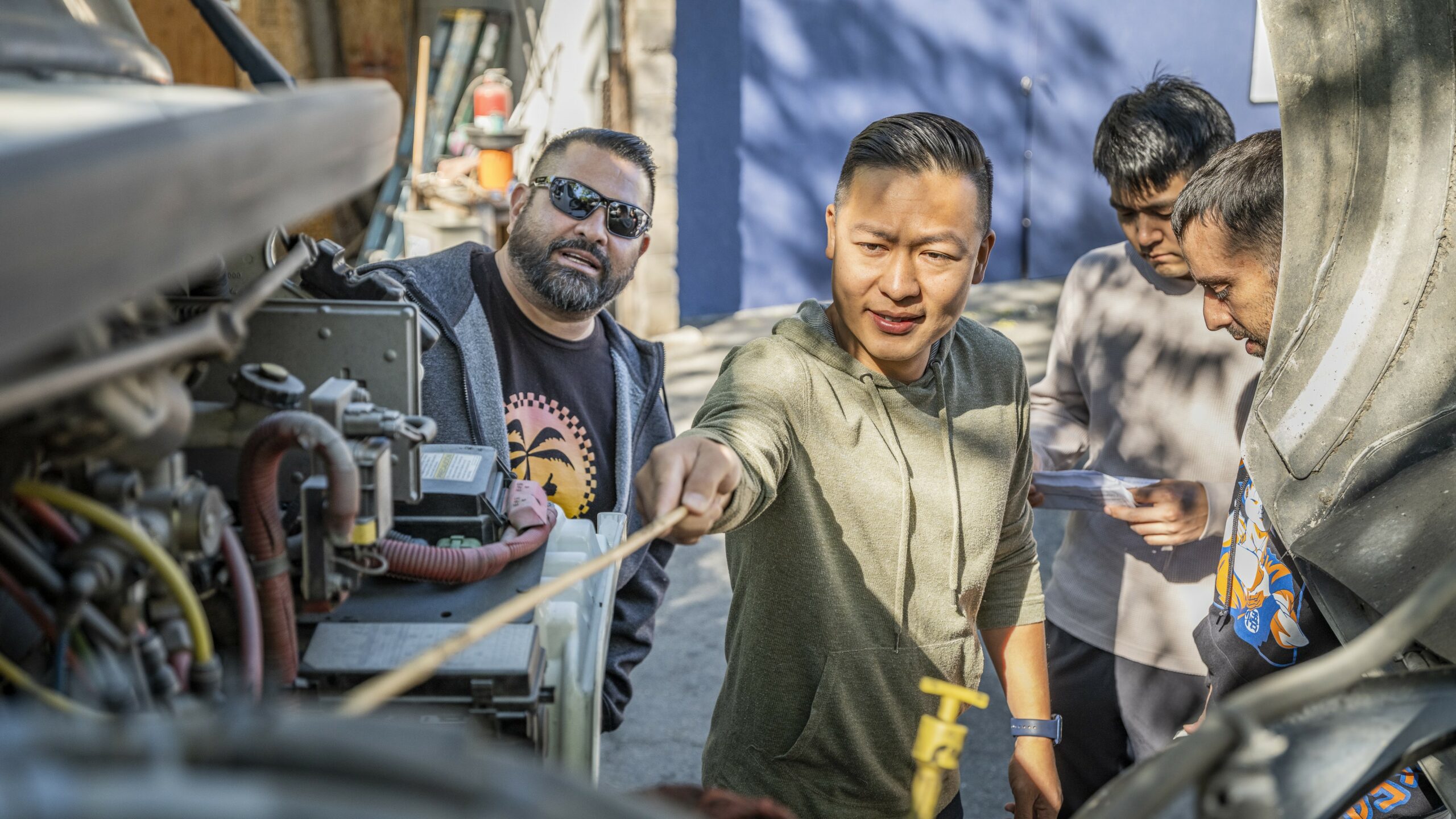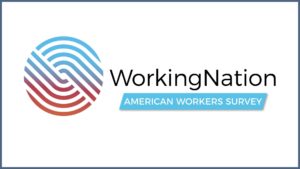
What is more valuable in your search for a good job or a career? A college degree or certification in a tech or trade skill?
We recently asked that question in our first WorkingNation American Workers Survey. Those who put more stock in proof of their proficiency in trades or technology outnumber those who value a BA or BS.
Seventy percent of workers (70%) that we surveyed believe it is critical to have a certification in a technology or trade skill, while one in three workers (30%) believe it is important to get a two- or four-year degree. Workers and jobseekers believe that getting a certification in an in-demand skill will help them find a job now, especially during the pandemic.
“It’s not surprising that many people have lost faith in the power of every degree to provide a reliable path to career growth,” according to WorkingNation president Jane Oates, who served in education and labor roles in state and federal government. “For too long, degrees have been the sole measure of a person’s ability to learn. We know now that people learn in a variety of ways, including on the job.”
Oates adds that “while there will continue to be many quality jobs that will require a degree, we should adapt the (education) system to allow people to earn those degrees in stages by promoting high quality, industry-recognized credentials that stack to allow people to earn their degree over time while working full-time.”
Educators agree it is time to rethink higher education and its role in preparing adults of all ages for jobs and careers.
Presidents Forum: The Learners First Framework
It’s what “non-traditional” colleges have been saying for years, but COVID-19 has highlighted now more than ever: higher education must adapt to formats and structures that meet the needs of lifelong learners and a continuously evolving workforce.
More simply put: rigid schedules and in-classroom learning are not the only ways to serve students.

Higher education must innovate. Leading that charge is a network of more than a dozen university leaders and stakeholders known as the Presidents Forum. Its recently-released Learners First Framework outlines 10 principles the group believes will help all institutions better serve their increasingly diverse student populations and ultimately the workforces and communities where their graduates will land.
Innovation: Expanding Learning Opportunities in Higher Education
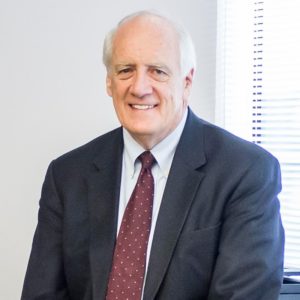
“For too long the idea of post-secondary education was limited to 18-to 24-year-olds and the world is changing and higher education needs to change with it. We believe the nontraditional students, the adult learners, the working learners, need our special attention,” Presidents Forum Executive Director, James Manning explains.
The Forum and the framework aren’t designed to dismiss the importance of serving traditional college students and their education, but rather to expand opportunities for those who don’t fit that population, Manning says.
An example of a beneficiary of framework solutions could be today’s truck driver, he explains. The job is one of the highest-earning positions for those who only have a high school diploma and no post-secondary education. With pilot programs testing autonomous tractor trailers, Manning says, soon that workforce will be looking for options.
“The two million truck drivers we always expected we need, we won’t need. In 10 years, those now going to tractor trailer driving school might be looking for new employment,” he says. “These are the folks we like to think about in terms of being prepared to address their needs by having programs that can lead to a certificate in six months for something like coding, to get them to work right away.”
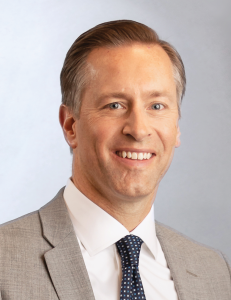
“The core of what the framework lays out is that it’s a way to center the priorities for innovation,” Scott Pulsipher, president of Western Governors University (WGU), a member of the Presidents Forum, tells me. “It first and foremost puts the individual at the center of everything that we do in that regard.”
The culture of service principle addresses that flip: instead of the institution controlling how and when learning takes place, the student does. Aspects such as time, place, and pace can and should be in the hands of the student, according to the framework.
Outcomes are a key focus, whether it’s completion rates, programs’ return on investment or providing individualized technology and tools for student’s individual pathways and goals.
“We’re trying to reinvigorate that promise of education,” Pulsipher says. “If you in fact complete or obtain the credential and the learning that you need, does that also translate into attaining the opportunity? How do we continue to raise the bar for accountability that the education of work pipeline is working?”
A Framework for Collaboration
In using the framework to research and design solutions that can be models for all institutions to consider, Pulsipher says higher education leaders need to collaborate with employers, workforce associations, technology providers, philanthropists, and foundations.
These partnerships can facilitate continuing education, upskilling, and establishing the type of milestones students and workers need to be attractive to hiring managers and relevant in their industries. Degrees aren’t the only answer, according to the framework. Certifications, licenses and badges are other “signals” of skills. WGU, for example, marries these signals with real-time mapping.

“As you’re completing courses and even models of courses and demonstrating mastery or competency in these different skills, and you’re validated with possessing those skills, you now start to allow for the real-time surfacing of what are the roles and opportunities that exist out there,” Pulsipher says.
“What are the income levels that they provide? How is it specific geo-targeted, meaning it’s relevant to where I live already as to what opportunities exist?”
As with most sectors in the wake of the renewed social justice and civil rights movement, the framework addresses historic access and achievement gaps by those who are under-resourced and commits to meeting the needs of those students by embracing equity and inclusion by design.
According to Manning, “All of our presidents agree that we have an obligation to consider those with the fewest resources are likely to be disadvantaged into today’s higher education system and we need to recognize that and give special attention to gaps among underserved populations and apply the proper resources to solve those problems.
Victoria Lim contributed to this article.


